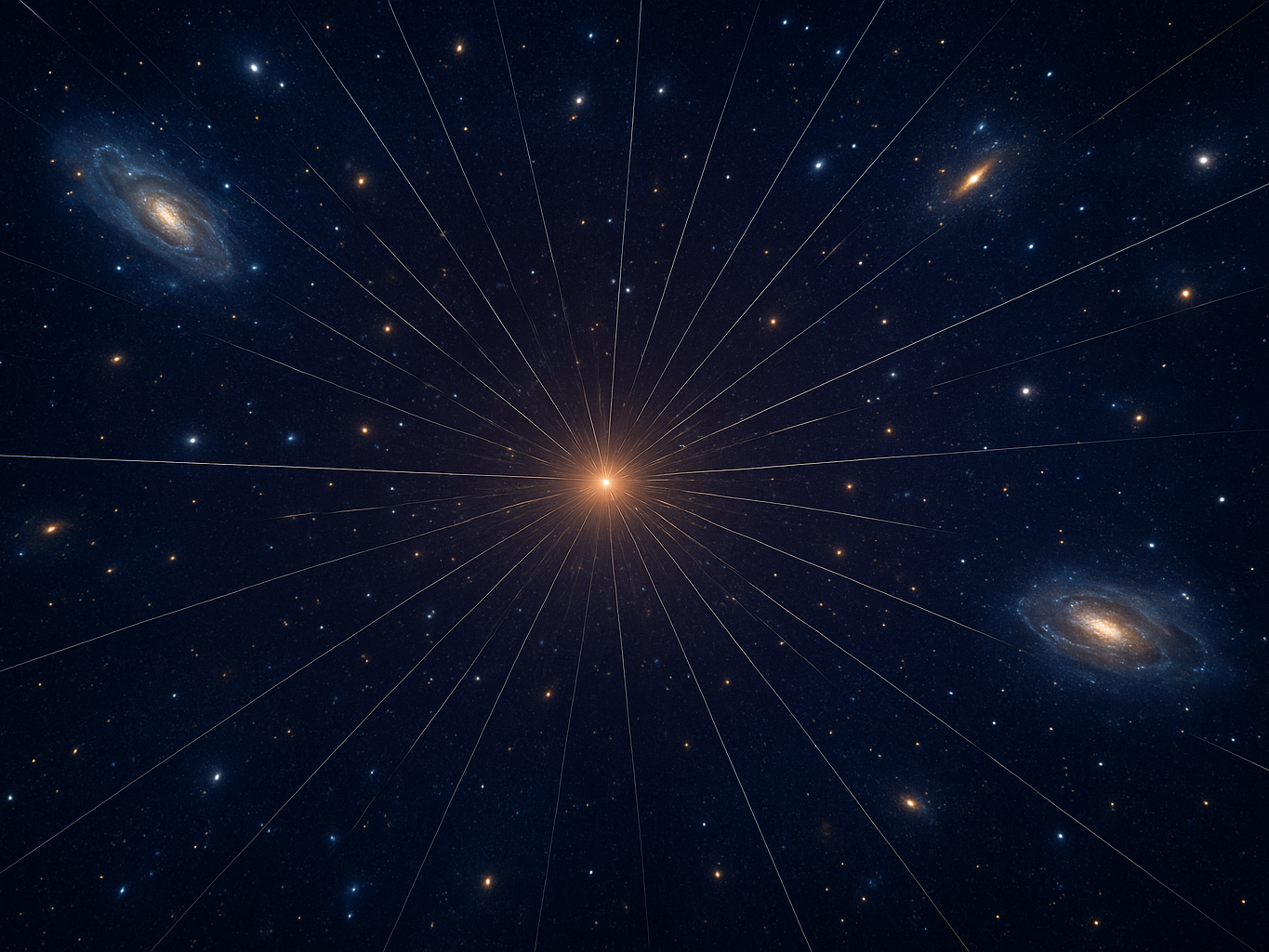New attempt to explain the accelerated expansion of the universe
New scientific publication shows that the accelerated expansion of the universe can be explained without “dark energy” – using an extended spacetime geometry based on Finsler-Friedmann equations.
Why is the universe expanding at an ever-increasing rate? This is one of the most exciting yet unresolved questions in modern physics. As it cannot be explained by our current model of the physical world — consisting of Einstein's general theory of relativity and the standard model of particle physics — researchers assume the existence of a mysterious “dark energy” that is causing the universe to expand at an accelerating rate. However, its origin remains unclear to this day. Now, an international team of researchers from the Center of Applied Space Technology and Microgravity (ZARM) at the University of Bremen and the Transylvanian University of Brașov in Romania are proposing a new perspective on this phenomenon. They have concluded that the expansion of the universe could be explained — at least in part — without the need for dark energy.
Physicists describe the evolution of the universe by the general theory of relativity and the so-called Friedmann equations. However, in order to explain the observed expansion of the universe within this framework, it is necessary to add an additional “dark energy term” into the equations by hand.
This unsatisfactory solution led the researchers at ZARM and their Romanian colleagues to investigate a different approach. Their findings, published today in the Journal of Cosmology and Astroparticle Physics, are based on an extension of general relativity (GR) known as Finsler gravity, a framework that has been developeded throughout recent years. Unlike the original explanatory approach of GRT, it allows for a more accurate modeling of the gravitational effects of gases, as it is based on a more general spacetime geometry than the one used in GR.
It does work without “dark energy”
When the research team calculated the Finsler extension of the Friedmann equations, they made an exciting discovery: the Finsler-Friedmann equations already predict an accelerated expansion of the universe even in a vacuum – without the need to introduce additional assumptions or “dark energy” terms.
“This is an exciting indication that we may be able to explain the accelerated expansion of the universe, at least in parts, without dark energy, on the basis of a generalized spacetime geometry,” says Christian Pfeifer, ZARM physicist and member of the research team. “This new geometric point of view on the dark energy problem opens up new possibilities for better understanding the laws of nature in the cosmos.”
Further Information:
Link to the Publication in the Journal of Cosmology and Astroparticle Physics: From kinetic gases to an exponentially expanding universe – The Finsler-Friedmann equation:
https://doi.org/10.1088/1475-7516/2025/10/050
Scientific Contact:
Christian Pfeifer
christian.pfeifer(at)zarm.uni-bremen(dot)de
Press contact:
Jasmin Plättner
+49 421 218-57794
jasmin.plaettner(at)zarm.uni-bremen(dot)de




